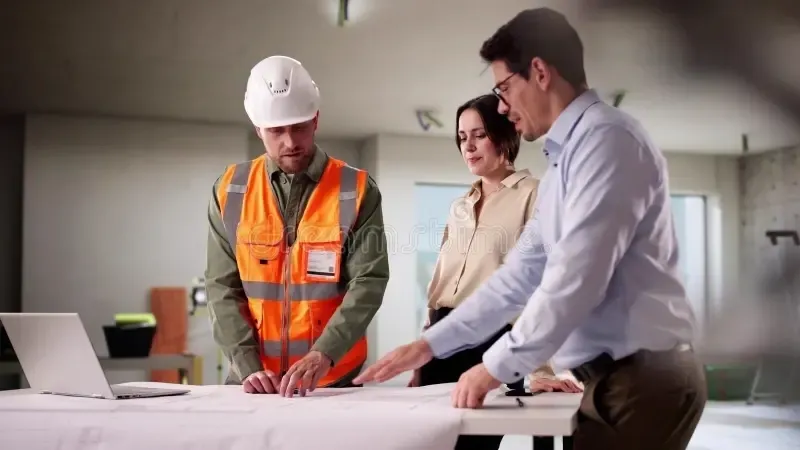By Humaira Muhammad
Before you sign any lease, discover the essential rental property checklist that every smart renter needs — from hidden damage to crucial safety features — ensuring you never get stuck with costly repairs or unsafe living conditions. Don’t rent blind; learn what to inspect to protect your money and peace of mind.
Finding the perfect rental property can be exciting, but it’s easy to overlook critical details during the initial walkthrough. Whether you’re hunting for an apartment in bustling New York City or a quiet suburban home, understanding what to inspect — from floors and walls to HVAC systems and smoke detectors — is essential for protecting your investment and ensuring a comfortable living space. Many renters focus solely on location and rent price, but a careful examination of structural integrity, security features, plumbing, electrical systems, and even pest control can save you from costly repairs and safety hazards down the road. This comprehensive guide dives deep into the must-check aspects of any rental property, arming you with expert tips to spot red flags, negotiate repairs, and choose a home that truly fits your lifestyle. By prioritizing these inspection points, you empower yourself to avoid common pitfalls, secure your security deposit, and enjoy peace of mind in your new home.
🏠 Structural Integrity: Floors, Walls, and Ceilings
When touring a rental property, start by carefully checking the floors, walls, and ceilings. Their condition can reflect how well the property has been maintained—and whether the landlord takes their responsibilities seriously.
- Floors: Look for cracks, stains, moisture, or uneven surfaces. These may signal underlying problems like structural issues or water damage from leaks. Also, consider the flooring material—tiled floors, for instance, are generally more durable and water-resistant than hardwood. Choosing a rental with tough, low-maintenance flooring can help protect your security deposit from accidental damage.
- Walls: Small holes from picture frames or nails are normal, but larger cracks or holes could point to structural issues. These may be a red flag and suggest you proceed with caution.
- Ceilings: Don’t forget to look up. Check for water stains, cracks, or sagging, especially in moisture-prone areas like the kitchen or bathroom. These could indicate roof leaks or poor ventilation and should be addressed before you move in. Apartments.com
🚪 Doors and Windows: Security and Insulation
Doors and windows play a crucial role in both safety and comfort.
- Security: Make sure all doors and windows open, close, and lock properly. Weak or damaged locks can pose a security risk. If you notice any issues, bring them up with the landlord or property manager. Their willingness to fix the problem can be a good indicator of how responsive they’ll be during your lease.
- Insulation & Drafts: Check for air leaks or drafts around the frames. Poorly sealed windows and doors can lead to higher energy bills and a less comfortable living environment. Run your hand around the edges to feel for airflow, especially near older windows or doors.
By paying close attention to these key areas, you’ll gain a better sense of the property’s safety, comfort, and overall condition—before committing to a lease.
❄️ HVAC Systems: Heating, Ventilation, and Air Conditioning
When touring a rental property, take time to examine the HVAC (heating, ventilation, and air conditioning) system, especially if the area experiences extreme temperatures. A well-functioning HVAC system is essential for comfort and health in both hot and cold climates. While it can be difficult to fully assess an HVAC system during a short viewing, there are still a few things you can do to get an idea of its condition.
Start by testing the system. Try adjusting the thermostat to turn on the heat or air conditioning. Listen for the sound of the unit starting up, and check the vents for airflow and temperature. While this won’t give you a full picture, it can help identify obvious issues. You should also ask the landlord about the system’s maintenance history—such as how often filters are replaced or whether any recent repairs have been made. Their response can help you judge how well the property is cared for overall.
🚿 Plumbing: Faucets, Toilets, and Water Pressure
Plumbing is another area that many renters overlook during a walkthrough, but it’s just as important. Don’t hesitate to test the toilets and all faucets in the kitchen, bathroom, and laundry areas. Turn them on and off to check for good water pressure and quick temperature changes. Also, listen for any unusual sounds like banging or slow drainage, which could point to hidden plumbing issues.
Even if everything looks fine visually—no cracks in the toilet or broken faucet handles—it’s still important to test everything to avoid surprise problems after moving in. A simple flush or twist of a handle can reveal issues that might not be visible at first glance. Taking the time to inspect these basic systems can help ensure your rental experience is comfortable and hassle-free.
💡 Electrical Systems: Lighting and Outlets
When viewing a rental unit, it’s easy to overlook the lighting if the property has plenty of natural light during the day. However, make sure to turn on every light in each room to confirm that all fixtures are working. If any lights don’t turn on, or bulbs need replacing, it’s best to bring this to the landlord’s attention during the viewing. This gives them a chance to fix it before you move in.
In addition to lights, check the condition of the electrical outlets. Outlets should be securely installed—not loose or wobbly. You can also test a few by plugging in your phone charger or looking for indicator lights that confirm they’re delivering power. Identifying a faulty outlet during a walkthrough can save you the frustration of discovering it after moving in. If any outlets aren’t working, request that the landlord address them before signing a lease.Reddit
🍽️ Appliances: Condition and Functionality
Functioning appliances are essential for daily comfort and convenience in any rental property. Take time to check all major kitchen appliances, including the stove, oven, refrigerator, and dishwasher. While you won’t be cooking a full meal during a viewing, you should be able to turn each appliance on briefly to confirm that it powers up and appears to work properly.
Check the fridge’s internal temperature, if possible, to make sure it’s at or below 40°F (4°C). Look for signs of cleanliness and proper maintenance. Don’t hesitate to ask the landlord about the age of the appliances and whether they receive regular servicing. Verifying that everything is in working order before moving in can help prevent future repair requests and ensure a smoother rental experience.
🔥 Safety Features: Smoke Detectors and Fire Extinguishers
When viewing a rental property, one of the most important safety features to check is the smoke detectors. They are usually installed on ceilings or high on walls and should be visible from all areas of the unit. Make sure there are enough smoke detectors—ideally, there should be one inside every bedroom, outside each sleeping area, and on every floor, as recommended by the National Fire Protection Association. Look for a slow-blinking light on each detector to confirm it has power. If you’re doing a move-in inspection, ask the landlord if you can test the detectors by pressing the test button. If any smoke detectors are missing or not working properly, be sure to inform the landlord before signing your lease. Avail, part of the Realtor.com network
🐜 Pest Control: Signs of Infestation
No one wants to move into a rental that has a pest problem. When viewing a property, keep an eye out for signs of rodents, insects, or other pests. Loud scratching or rustling noises inside walls or floors are a clear red flag. Also watch for less obvious signs like stains, holes, or unusual odors, especially near kitchens and bathrooms where pests might be attracted to food or moisture. Check inside cabinets for sticky traps or other pest control measures, which could indicate ongoing problems. Don’t hesitate to ask the landlord or property manager about their pest control policies and if they have dealt with any infestations in the past.Apartments.com
🚗 Parking: Availability and Security
Parking availability and convenience can vary widely between rental properties, so it’s important to inspect the parking situation during your viewing. Confirm the number of parking spaces included, especially if you need multiple spots for yourself or roommates. Also check the size of the spaces to ensure they can comfortably fit your vehicle(s). If the property has an underground or garage parking area, test that the garage door and opener work correctly. Being thorough about parking upfront helps avoid frustration later and ensures your vehicle is safely accommodated.State Farm
📄 Lease Agreement: Terms and Conditions
Thoroughly inspecting a rental property during a viewing or walkthrough not only helps you decide if it meets your needs but also protects your security deposit by documenting any existing damage. As a tenant, protecting your interests means entering into a safe and stable rental agreement. Beyond checking the property itself, make sure to carefully review the lease agreement, ask about anything unclear, and research the landlord or management company. Doing your due diligence empowers you to make a fully informed decision about renting and helps ensure a positive rental experience.
📝 Final Walkthrough: Documenting the Property’s Condition
Taking the time to thoroughly inspect a rental property before signing the lease is one of the smartest moves any renter can make. From evaluating the condition of floors, walls, and ceilings to testing HVAC functionality and checking smoke detectors, every detail matters when it comes to your safety, comfort, and financial security. These inspections help you uncover hidden issues like water damage, faulty wiring, pest infestations, or inadequate parking — problems that could otherwise lead to frustration or expensive repairs. Moreover, understanding your rights as a tenant and reviewing lease agreements carefully ensures you are protected throughout your tenancy. Armed with knowledge and attention to detail, you can confidently choose a rental property that offers durability, energy efficiency, security, and convenience. Ultimately, doing your due diligence allows you to focus on what really matters: making your new rental a true home..adelaidenow+1Zillow+1
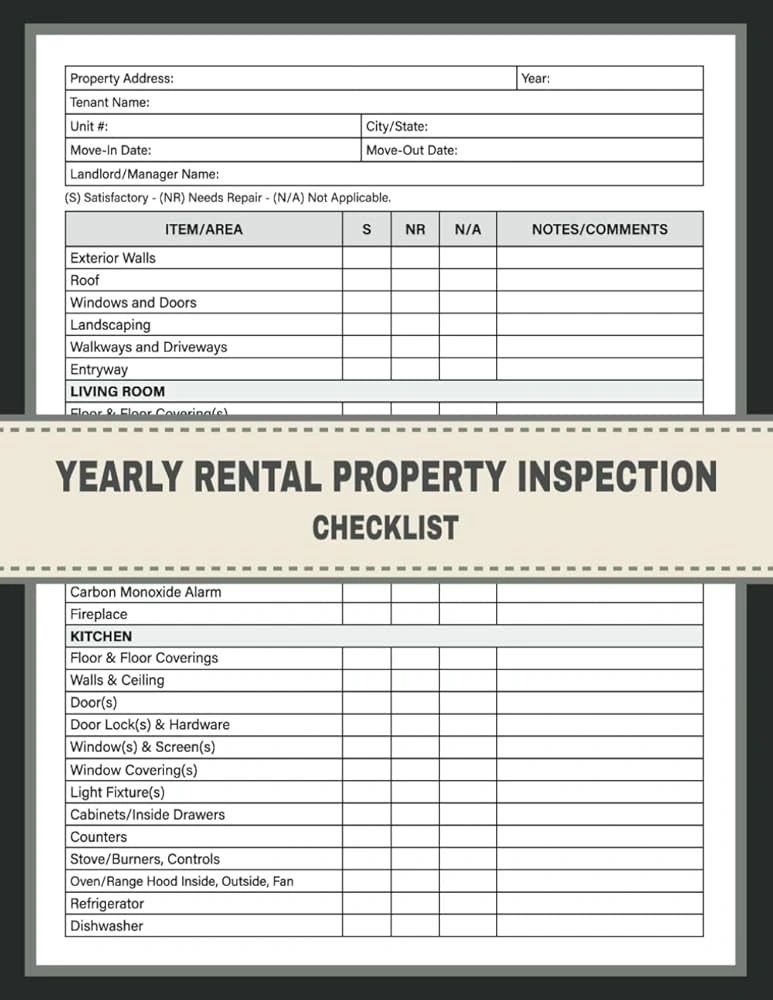
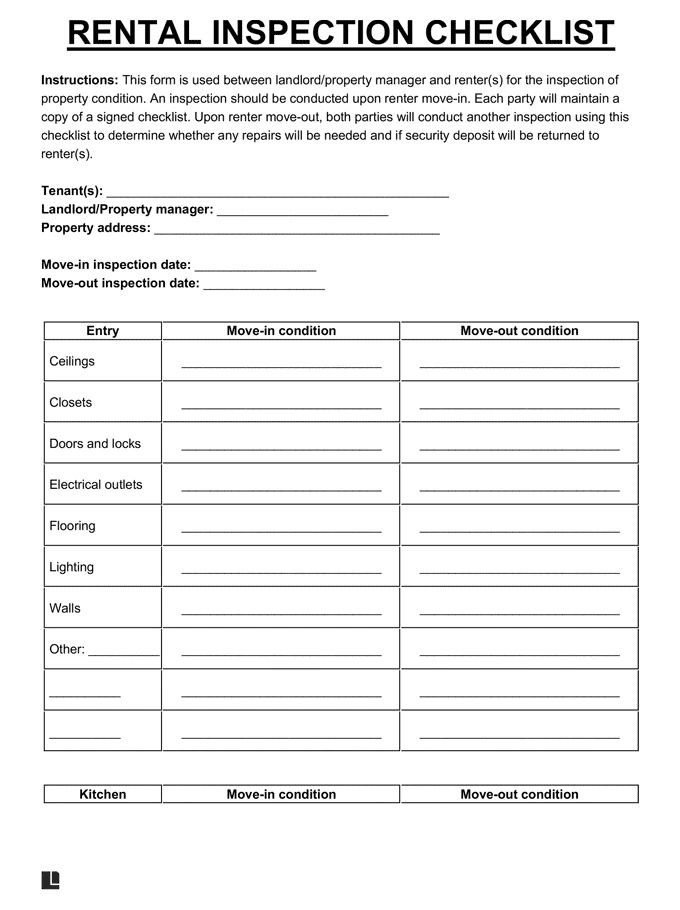
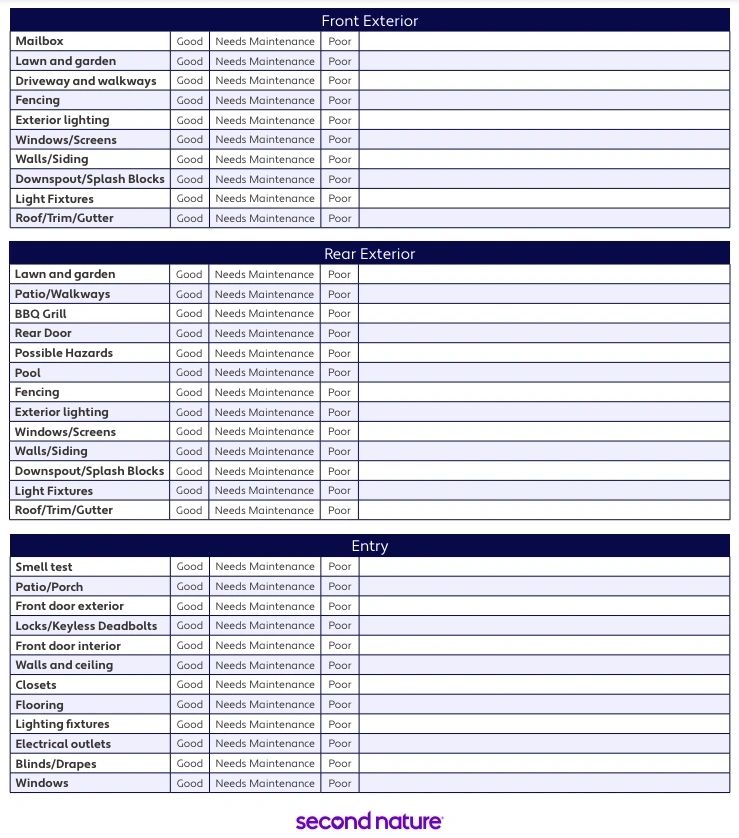
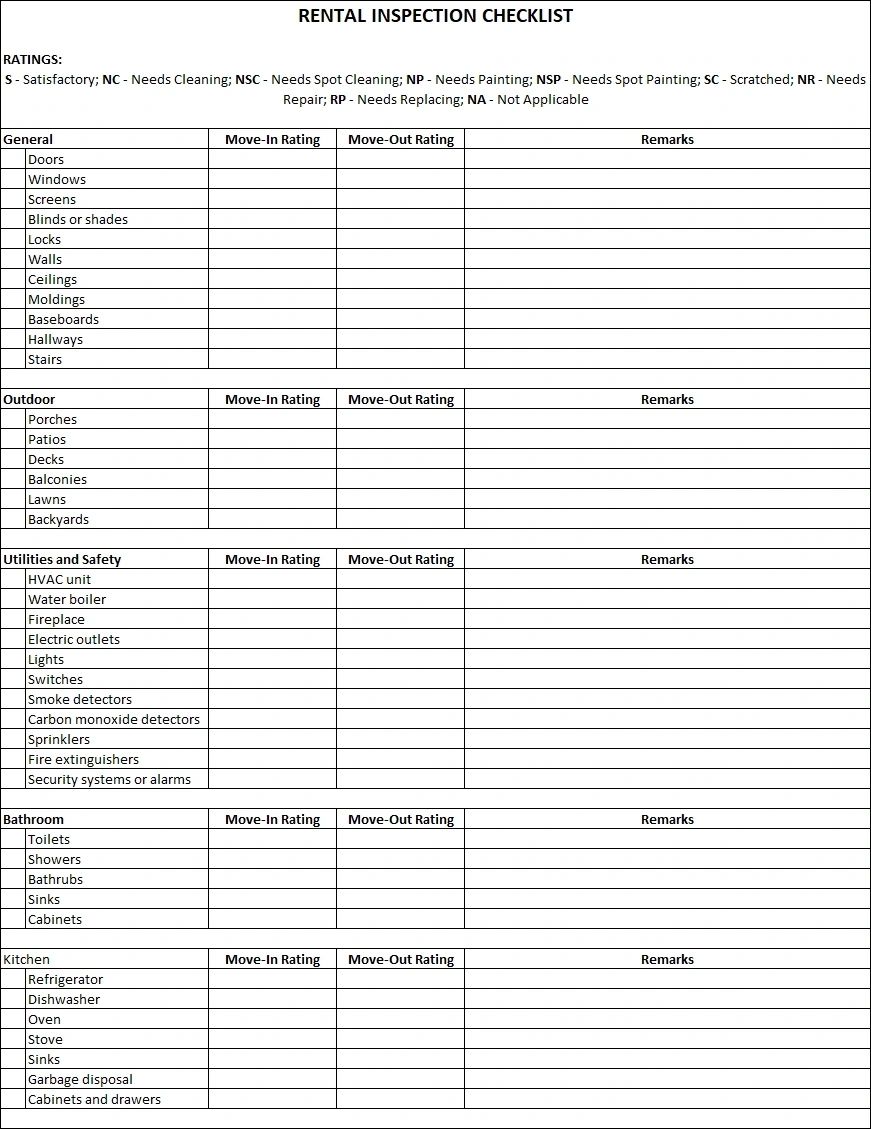
rental property inspection checklist, what to check when viewing a rental, how to inspect a rental apartment, rental home walkthrough tips, rental property condition checklist, how to avoid rental scams, tenant inspection guide, rental unit maintenance, checking HVAC system in rental, plumbing inspection for renters, smoke detector safety rental, electrical outlets check rental, pest control in rental property, apartment security tips, rental lease agreement tips, parking availability rental, rental property damage report, landlord responsibilities rental, rental property safety tips, how to avoid losing security deposit, rental property maintenance checklist, apartment inspection before moving in, rental property walkthrough guide, signs of water damage rental, rental appliance testing, rental property energy efficiency, rental inspection for tenants, how to choose a safe rental home, rental property evaluation tips, rental lease negotiation tips, long term rental safety checklist

